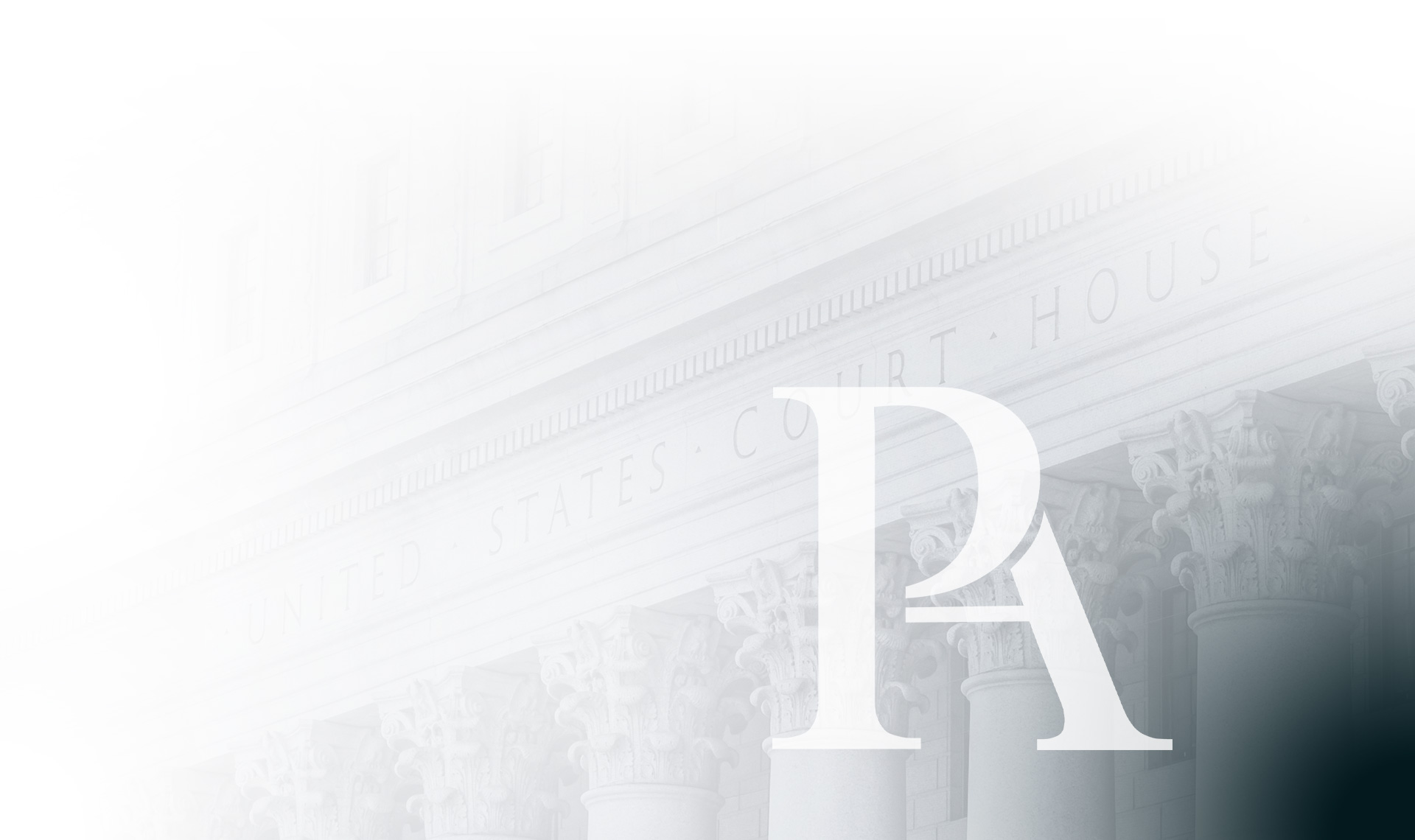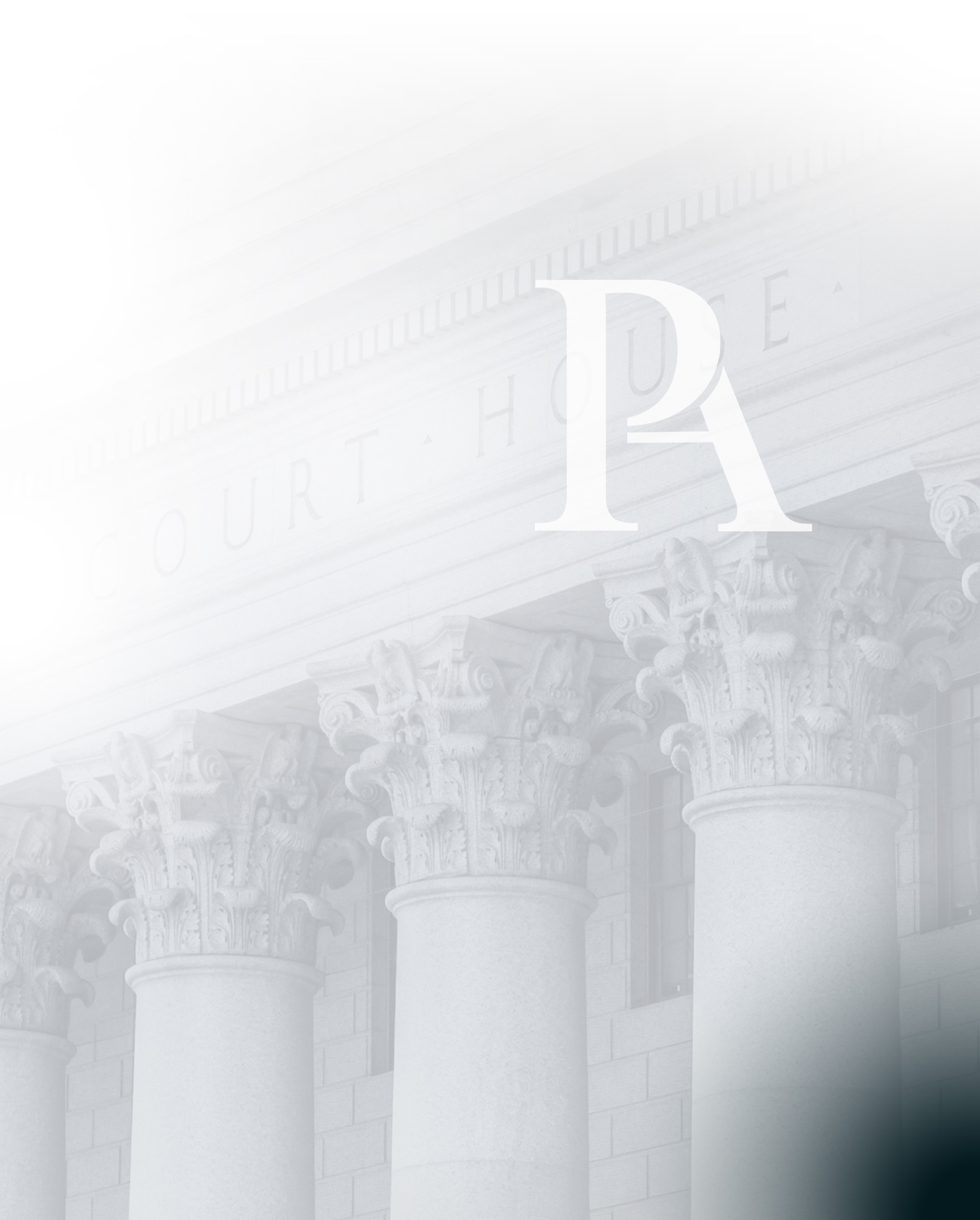

Why Choose Pitre & Associates?
-
Expertise
Our attorneys bring over 15 years of experience in federal employment law, specializing in complex legal matters like discrimination, wrongful termination, and whistleblower protections. We are committed to staying at the forefront of legal developments to provide the most effective strategies for our clients.
-
Results
Our attorneys have successfully negotiated over 8 million dollars in compensatory awards and attorney fees for clients. We’ve also prevented the removal and/or suspension of several federal employees, demonstrating our ability to achieve favorable outcomes. See our News and Case Successes for more details.
-
Reputation
Pitre & Associates, LLC and its attorneys have maintained an impeccable record with no complaints to the DC Bar or negative reports to the Better Business Bureau. Our reputation reflects our commitment to professionalism, ethical standards, and high-quality service for every client.
-
Reliability
Pitre & Associates, LLC has built a reputation for trust, earning the confidence of nearly every client we represent. Our personalized approach makes clients feel valued, and we take great pride in achieving high levels of satisfaction by focusing on their unique needs and providing exceptional service.
Signs You May Be Facing Racial Discrimination at Work
Recognizing racial discrimination in the workplace is the first step to addressing it. Discrimination can show up in patterns that, while subtle at first, grow more obvious with time. Watch for repeated behaviors and document each one in detail.
Racial discrimination shapes daily work experiences, and workplace culture in D.C. reflects the city’s mix of backgrounds and careers. Patterns may affect advancement or inclusion, especially in large organizations spread across D.C.’s government and contractor offices.
Patterns of discriminatory behavior can include being passed over for projects, receiving feedback that seems harsher than what peers receive, or being intentionally excluded from team activities.
If you document incidents and act quickly, you can build a strong record to support your claim. Knowing your rights and the full protections offered under state and federal law helps you take the right steps to address these challenges.
- Employees of a particular race are more regularly given raises or advancement opportunities despite having lower qualifications, seniority, and performance
- Employees of a particular race appear to receive preferential treatment from managers when compared to employees of other races
- Employees of a particular race appear to be targeted in layoffs
- Employees of a certain race are regularly excluded from company-sponsored events
- Your boss gives you unjustifiably poor performance reviews, and you notice your boss does not give arbitrarily negative reviews to employees of other races
Proactive Steps to Combat Workplace Racial Discrimination
Addressing workplace racial discrimination requires you to take proactive steps. Start by maintaining a careful record of every incident, noting dates, times, exactly what happened, and any witnesses present. This documentation is crucial in investigations or legal proceedings. Learn your company's anti-discrimination policy and official reporting channels so you follow the right steps if you need to act formally.
In Washington, DC, many employers designate equal employment opportunity officers or create specific channels for reporting discrimination. Make sure you know which rules and procedures apply to your workplace and whether you fall under local or federal laws. This helps you choose the right resource to report concerns and get support as you move forward.
Seek support from trusted colleagues or mentors who might back up your experiences. You may also reach out to organizations such as the Washington Lawyers' Committee for Civil Rights and Urban Affairs, which offers resources and advocates for workplace fairness in D.C. Consult a racial discrimination lawyer in Washington, DC to understand your rights and to develop a plan to address these critical issues.


-
5-Star Reviews
-
Recent Victories
-
Helpful Articles
